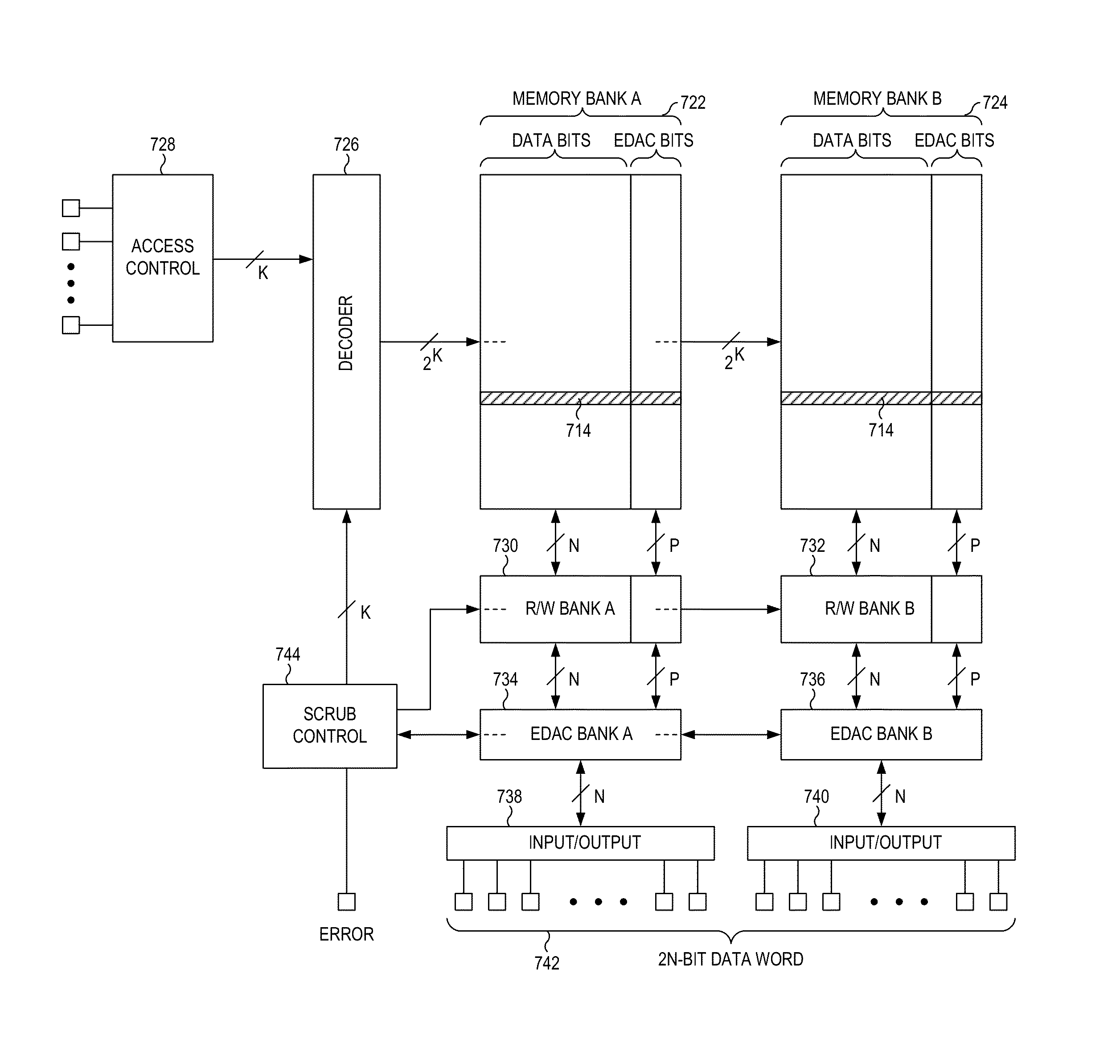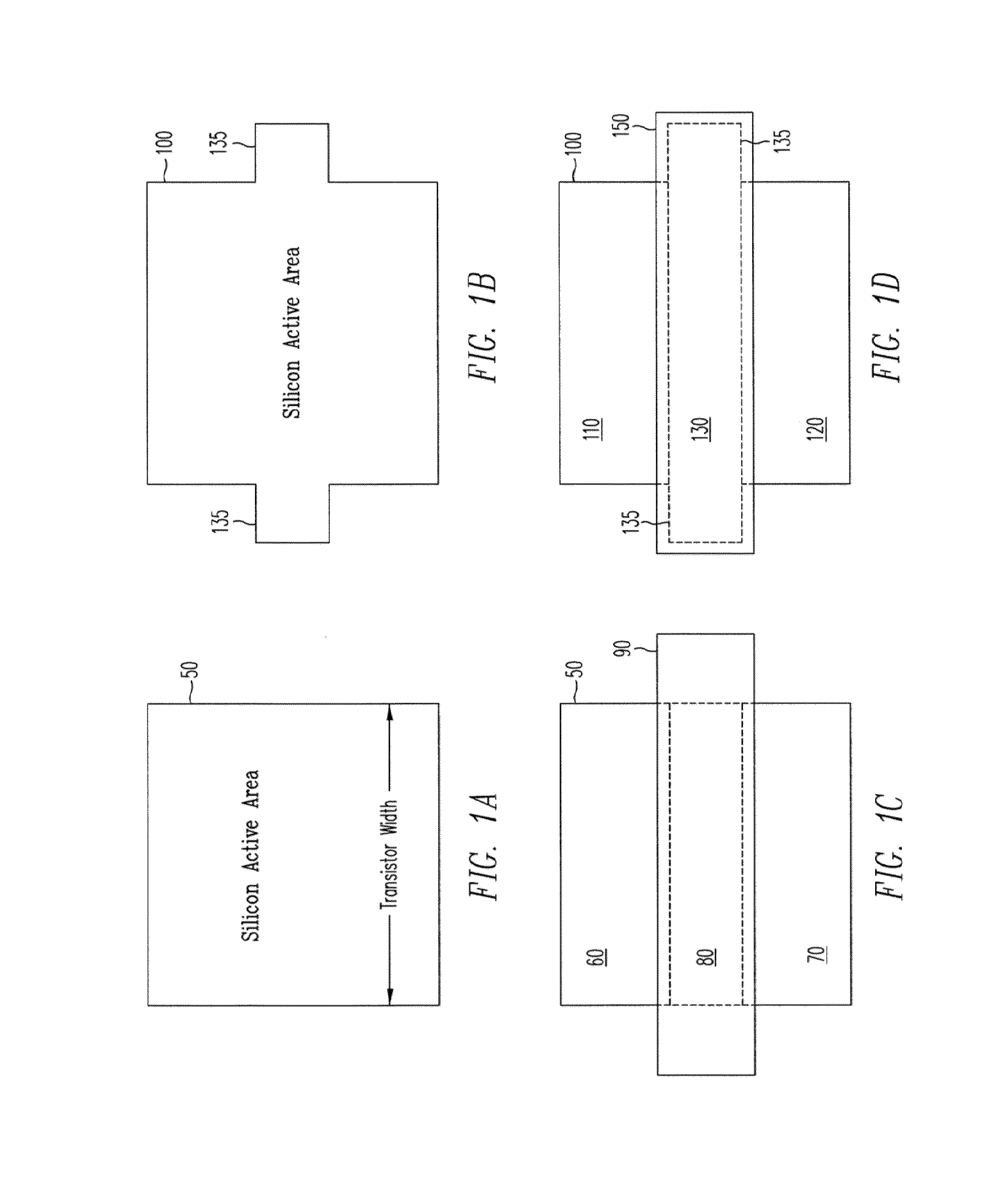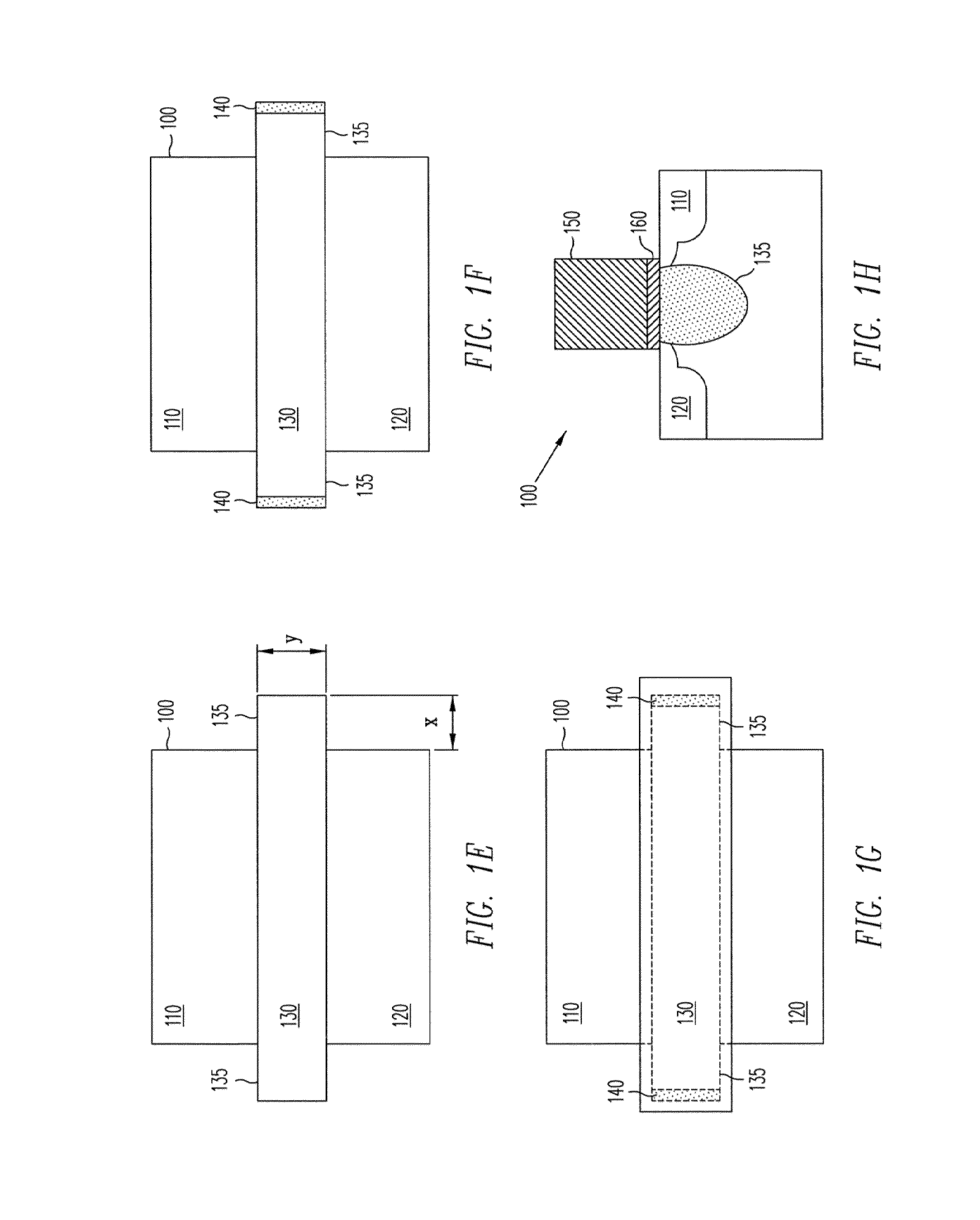Memory circuit incorporating radiation-hardened memory scrub engine
a memory scrub engine and memory circuit technology, applied in the field of integrated circuits, can solve the problems of increasing the risk of individual bit errors, significantly affecting the reliability of the electronic control system, etc., and achieves the effect of ensuring the operation of the system is reliable and acceptable, and ensuring the operation is not affected by errors
- Summary
- Abstract
- Description
- Claims
- Application Information
AI Technical Summary
Problems solved by technology
Method used
Image
Examples
example dice
Cells
[0101]In an example SRAM embodiment, both BGR techniques and DICE cells are implemented. Versions of the DICE structure can be used to replace memory cells, flip-flops, and latches, but they generally require twice the number of transistors compared to the standard, non-radiation-hard versions. This is more area-efficient than triple-modular redundancy (TMR), which takes about three times the area and also requires an additional voting stage. In standard usage, the DICE cell generally provides improved SEE performance. However, L. W. Massengill et al., in “Single Event Mechanisms Impacting Sub-100 nm Radiation-Hardened Design,” (presented at GOMAC Conference, March 2007) and others have shown that most DICE parts still fail above a LET threshold around 30 to 40 MeV / (mg / cm2) including some with thresholds less than 5 MeV / (mg / cm2). The problem with standard DICE is related to the parasitic bipolar transistors that get turned on during a SEE event. The induced currents can often t...
PUM
 Login to View More
Login to View More Abstract
Description
Claims
Application Information
 Login to View More
Login to View More - R&D
- Intellectual Property
- Life Sciences
- Materials
- Tech Scout
- Unparalleled Data Quality
- Higher Quality Content
- 60% Fewer Hallucinations
Browse by: Latest US Patents, China's latest patents, Technical Efficacy Thesaurus, Application Domain, Technology Topic, Popular Technical Reports.
© 2025 PatSnap. All rights reserved.Legal|Privacy policy|Modern Slavery Act Transparency Statement|Sitemap|About US| Contact US: help@patsnap.com



